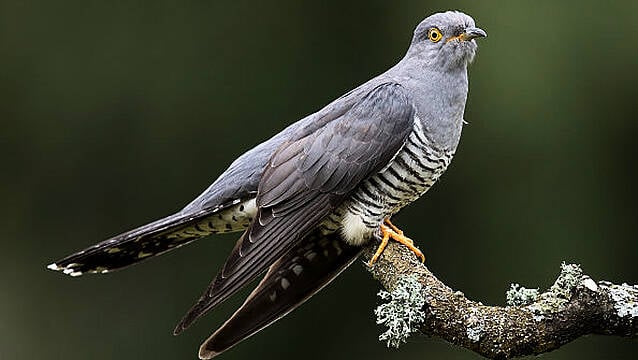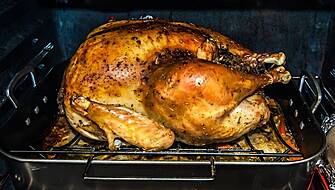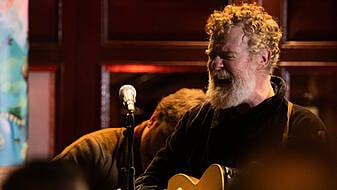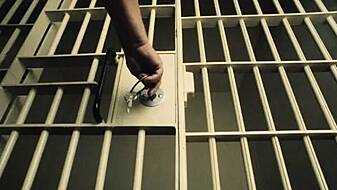A tracking project has been launched to solve the mystery of exactly where Irish cuckoos spend their winters.
The annual arrival of the birds, along with swallows and corncrakes, have long been welcomed in Ireland as a harbinger of summer.
But little is know about precisely where they go during the colder months.
The National Parks and Wildlife Service (NPWS) hopes that the tracking project will also answer the question of whether Irish cuckoos undertake a different migration strategy to their British counterparts across the Irish Sea.
The Cuckoo Tracking Project is being undertaken by the NPWS and the British Trust for Ornithology (BTO).
Minister of State for Heritage Malcolm Noonan says he is looking forward to learning a fuller picture about where they go during winter.
“Cuckoos are fascinating creatures and the Irish population’s migration patterns are something of a mystery, so it will be very exciting to see the results of this innovative project over time,” he said.
“We’ve already seen one of the birds fly from Killarney National Park to Tipperary over the bank holiday weekend and another has shot across to the east Cork coast before double-backing to Limerick.
“It will be fantastic to get a full picture of the movements of these birds at home, during their migration and when they hopefully return to our shores,” he said.
Cuckoos are resident in Ireland from April to early July, and usually winter on the African continent.
Across Ireland, the cuckoo has seen a 27 per cent reduction in breeding distribution between the first national census, Bird Atlas (1968-1972), and the most recent Bird Atlas (2007-2011).
In the UK the decline is 40 per cent.
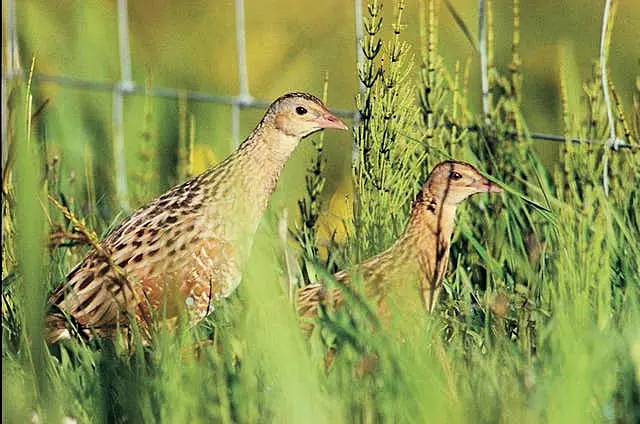
Population trends show large declines across England and Wales, with increases in Scotland and relative stability in Ireland.
In Ireland, the cuckoo has displayed a population shift northwards and westwards, similar to a number of other migrants that winter in Africa’s humid regions.
However, there is little known about the potential causes and drivers of these declines.
While the cuckoo has been well-studied during the breeding season, very little is known about the routes they take once they head off on migration or where in Africa they spend the winter months.
It is thought if more is known about their migration scientists would be able to better understand habitat pressures that affect losses of the cuckoo population.
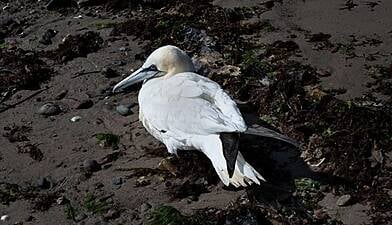
Dr Chris Hewson, BTO research ecologist and lead scientist on the project, said they’re looking forward to learning more about their migration patterns.
“It’s fantastic to see more cuckoos heading off with satellite tags newly fitted. These birds will help us to better understand the pressures they face, the reasons for the population declines they are undergoing and how we can help them to successfully complete their arduous migrations in the rapidly changing world we share,” he said.
“It’s especially exciting to see birds from Ireland tagged for the first time – we’re looking forward to learning for the first time about the migrations of these cuckoos from the western extremity of the species’ breeding range.”
